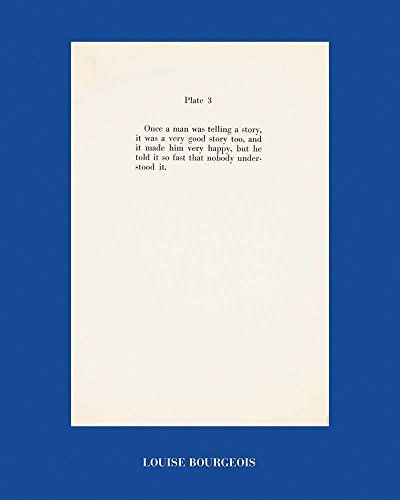
Louise Bourgeois: To Unravel a Torment
Celebrated for her singular contributions to 20th-century sculpture, drawing, painting, printmaking, installation and writing, French-born American artist Louise Bourgeois' (1911-2010) explorations of the human condition originated from her own lived experience. "My goal is to relive a past emotion," Bourgeois explained. "My art is an exorcism." Psychologically, emotionally and often sexually charged, Bourgeois' works intermingle the abstract and corporeal, the voluptuous and the distressing, to striking effect. Louise Bourgeois: To Unravel a Torment accompanies the first exhibition of the artist's work at Glenstone Museum, and features more than 30 major works drawn from the museum's collection. From her early wooden Personages to her large hanging sculptures, from suites of drawings and prints to textile works and her immersive Cells, To Unravel a Torment surveys Bourgeois' career through selected examples from her enormous body of work. Bourgeois was also a prolific writer, matching her sculptural language with reams of psychoanalytic musings on repression, symbolism and material. To Unravel a Torment also brings together never-before-published diary entries by the artist, annotated by Bourgeois scholar Philip Larratt-Smith, a contribution by art historian Briony Fer and an introduction by Emily Wei Rales, founder and director of Glenstone Museum.